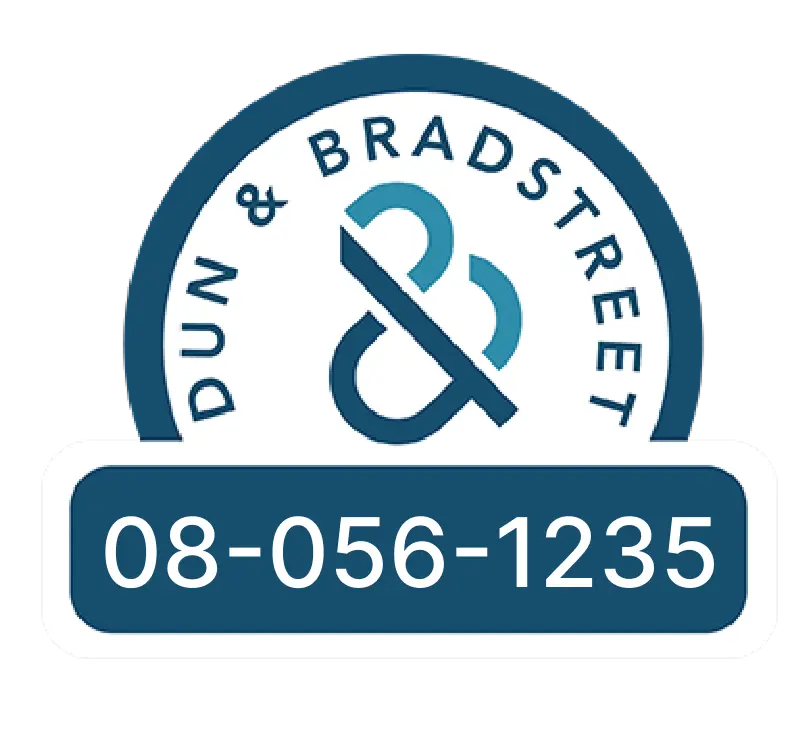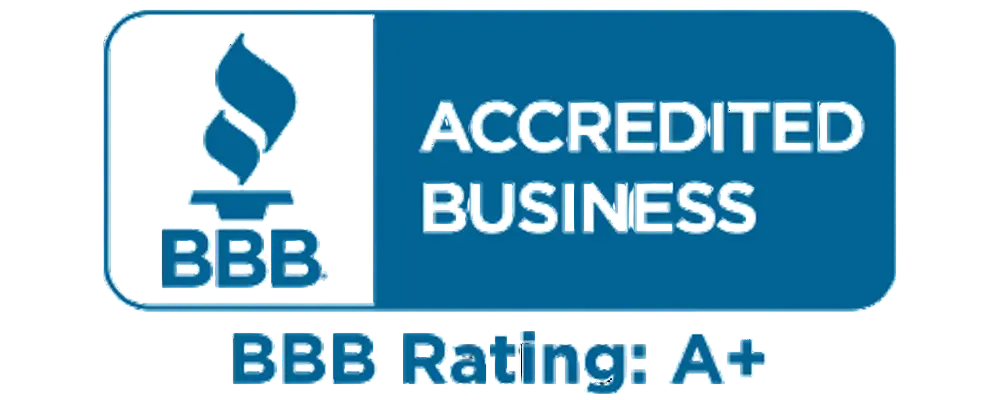Download free PDF
Acute Bacterial Skin and Skin Structure Infections (ABSSIs) Market – By Infection Type, By Drug Class, By Route of Administration, By Distribution Channel - Global Forecast 2025 – 2034
Report ID: GMI13292
|
Published Date: March 2025
|
Report Format: PDF
Download Free PDF
Authors: Mariam Faizullabhoy, Gauri Wani



Premium Report Details
Base Year: 2024
Companies covered: 12
Tables & Figures: 120
Countries covered: 19
Pages: 130
Download Free PDF

Acute Bacterial Skin and Skin Structure Infections Market
Get a free sample of this report
Get a free sample of this report Acute Bacterial Skin and Skin Structure Infections Market
Is your requirement urgent? Please give us your business email
for a speedy delivery!





Acute Bacterial Skin and Skin Structure Infections Market Size
The global acute bacterial skin and skin structure infections market was valued at USD 1.3 billion in 2024. The market is estimated to grow from USD 1.4 billion in 2025 to USD 2.1 billion in 2034 growing at a CAGR of 5%.
The market is experiencing growth due to the rising prevalence of ABSSSIs driven by the growing frequency of antibiotic-resistant MRSA infections. For instance, as per a research article published in the International Journal of Antimicrobial Agents in 2022, the hospital incidence of ABSSSIs was 1.8 per 1,000 patient-days. This surge in resistant infections leading to growing incidence of ABSSSI increases the adoption of more effective antimicrobial therapies to manage the disease.
Another factor such as technological advancements in antibiotic formulations have also played a significant role by improved drug efficacy and treatment outcomes. With the introduction of novel glycopeptides, oxazolidinones, and lipopeptides has expanded the treatment option available with better targeting and efficacy towards resistant bacteria. For instance, in April 2024, U.S. FDA approved the novel antibiotic Zevtera, a ceftobiprole medocaril sodium in injection form for treating serious bacterial infections in adults and children, including acute bacterial skin and skin-structure infection (ABSSSI) in adults.
Such innovations enhance therapeutic effectiveness as well as contribute to minimizing the duration of hospitalization and associated costs. The growing awareness of early diagnosis and treatment among healthcare professionals and patients about the importance has further accelerated the adoption of targeted therapies. Moreover, increased government initiatives and healthcare expenditure are expanding access to medical care in developing nations, thereby contributing to the market's expansion.
Acute bacterial skin and skin structure infections (ABSSSIs) are rapidly progressive bacterial infections of the skin and soft tissues which cause redness, swelling, and pain. Most of these infections are accompanied by zones of erythema and are caused by organisms such as Staphylococcus aureus, some of which are resistant to methicillin (MRSA). For treating ABSSSIs usually involves glycopeptides (e.g., vancomycin), oxazolidinones (e.g., linezolid), and lipopeptides (e.g., daptomycin).
Acute Bacterial Skin and Skin Structure Infections Market Trends
Acute Bacterial Skin and Skin Structure Infections Market Analysis
Based on the infection type, the global market is segmented into community-acquired ABSSSI and hospital- acquired ABSSSI. The community-acquired ABSSSI segment dominated the market with 64.3% of market share in 2024.
Based on the drug class, the global acute bacterial skin and skin structure infections market is categorized into glycopeptides/lipoglycopeptides, oxazolidinones, beta-lactams, lipopeptide, tetracyclines, and other drug classes. The glycopeptides/lipoglycopeptides segment accounted for USD 438 million in 2024.
Based on the route of administration, the global acute bacterial skin and skin structure infections market is divided into parenteral, oral, and topical. The parenteral segment held significant market share and is expected to reach USD 1 billion by 2034.
Based on the distribution channel, the global acute bacterial skin and skin structure infections market is classified into hospital pharmacies, retail pharmacies and online pharmacies. The hospital pharmacies segment held highest market share in 2024 and is poised to grow at 4.6% CAGR over the analysis period.
In 2024, the U.S. acute bacterial skin and skin structure infections market was valued at USD 476.3 million.
In Europe bacterial skin and skin structure infections market, Germany is set to witness a remarkable growth in coming years.
Brazil is projected to experience significant growth in Latin America acute bacterial skin and skin structure infections market throughout the analysis period.
Acute Bacterial Skin and Skin Structure Infections Market Share
The global acute bacterial skin and skin structure infections (ABSSSI) market is experiencing significant growth, supported by an increase in chronic health diseases, life expectancy, as well as the onset of multi-drug-resistant organisms. Key players in the market are also strengthening their positions through product development, strategic partnerships, and geographical expansion. The top 5 players including Merck, Pfizer, Paratek Pharmaceuticals, Melinta Therapeutics, and AbbVie accounted for 40% of market share and focus on novel antibiotic development as well as expanding market access through mergers and acquisitions. All these efforts intend to fill the gap in medical solutions for the ABSSSI treatment and take advantage of the increased use for more efficient treatment options.
Acute Bacterial Skin and Skin Structure Infections Market Companies
Some of the prominent players operating in the acute bacterial skin and skin structure infections industry include:
Paladin Labs Inc., a subsidiary of Endo International plc, has introduced Xydalba (dalbavancin for injection) in Canada, which offers a single 30-minute intravenous therapy session or two sessions for the treatment of acute bacterial skin and skin structure infections (ABSSSI). This innovative step will further expand Paladin’s portfolio of infectious diseases and help Canadian patients suffering from ABSSSI.
Through consistent research and development efforts and strategic alliances, Merck is focusing on addressing antimicrobial resistance, which poses a significant threat. The company is actively seeking advanced innovation in antibiotics as well as working with other entities to strengthen their portfolio for treating ABSSSI.
Acute Bacterial Skin and Skin Structure Infections News
The acute bacterial skin and skin structure infections market research report includes in-depth coverage of the industry with estimates and forecast in terms of revenue in USD Million from 2021 – 2034 for the following segments:
Click here to Buy Section of this Report
Market, By Infection Type
Market, By Drug Class
Market, By Route of Administration
Market, By Distribution Channel
The above information is provided for the following regions and countries: